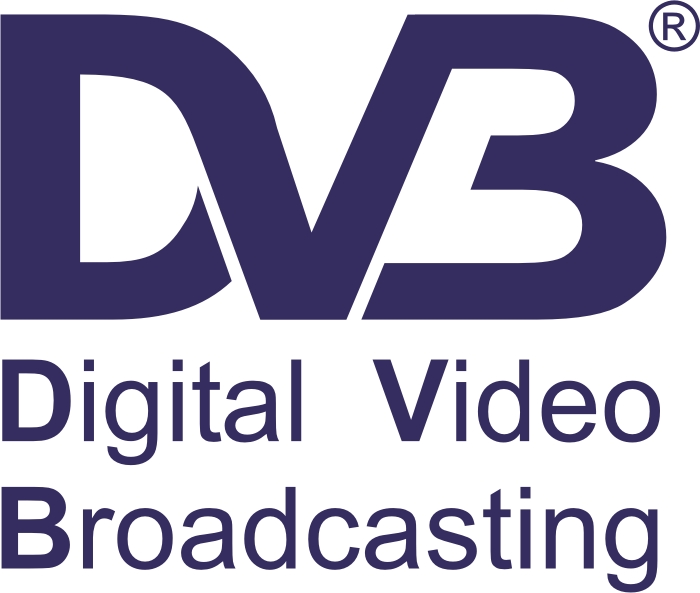
TV Services using DVB standards are available on every continent with nearly 1 billion DVB receivers deployed.
Prompted by the decision of the DVB-T/atsc to opt for an IP-based transport layer, DVB has discussed these concepts intensively. This led to the “Technologies beyond the Transport Stream” workshop, jointly organized by the DVB with IRT which brought together experts from companies and organizations to discuss the pros and cons of various technologies.
DVB working on IP is not a recent activity. More than ten years ago the DVB IPI group began working on the delivery of DVB services over managed IP networks and created an impressive suite of IPTV specifications. DVB over IP was complemented by the DVB Profile of MPEG-DASH which defines how to deliver DVB video services in an OTT environment.
In addition, all second generation DVB transmission standards support Generic Encapsulation Streaming (GSE), which enables the transport of IP packets directly above the modulation layer which is IP over DVB.
We think it is fair to say that DVB has already come a long way when it comes to embracing IP. Nevertheless, we live in a world where there are many routes to your screens and the delivery of video content via broadband is constantly growing. TVs are connected to the internet and video content is consumed on devices such as tablets or smartphones, which most probably will not be equipped with broadcast receivers. In this rapidly changing environment we have to constantly assess our specifications to ascertain whether they are fit for the future. Indeed, a number of the articles in this issue address this matter.
DVB will continue to carefully assess upcoming IP related requirements and use cases. To this end, the Steering Board will examine the outcome and prepare the next steps. Weam convinced that there are areas where DVB can bring value by providing new specifications. However, whatever we do, we will not abandon the Transport Stream. When looking at different regions worldwide, the availability and performance of broadband differs significantly. Therefore, for some countries, pure broadcast delivery will be the predominant course. For these environments the Transport Stream is and will be the best solution. With its technology deployed worldwide, DVB has the responsibility for providing technical solutions which fit the more developed as well as the less developed markets.
Broadcast and unicast delivery mechanisms will coexist, and it is important to have one DVB specification that can support both since broadcast receivers will also need to have IP connectivity.